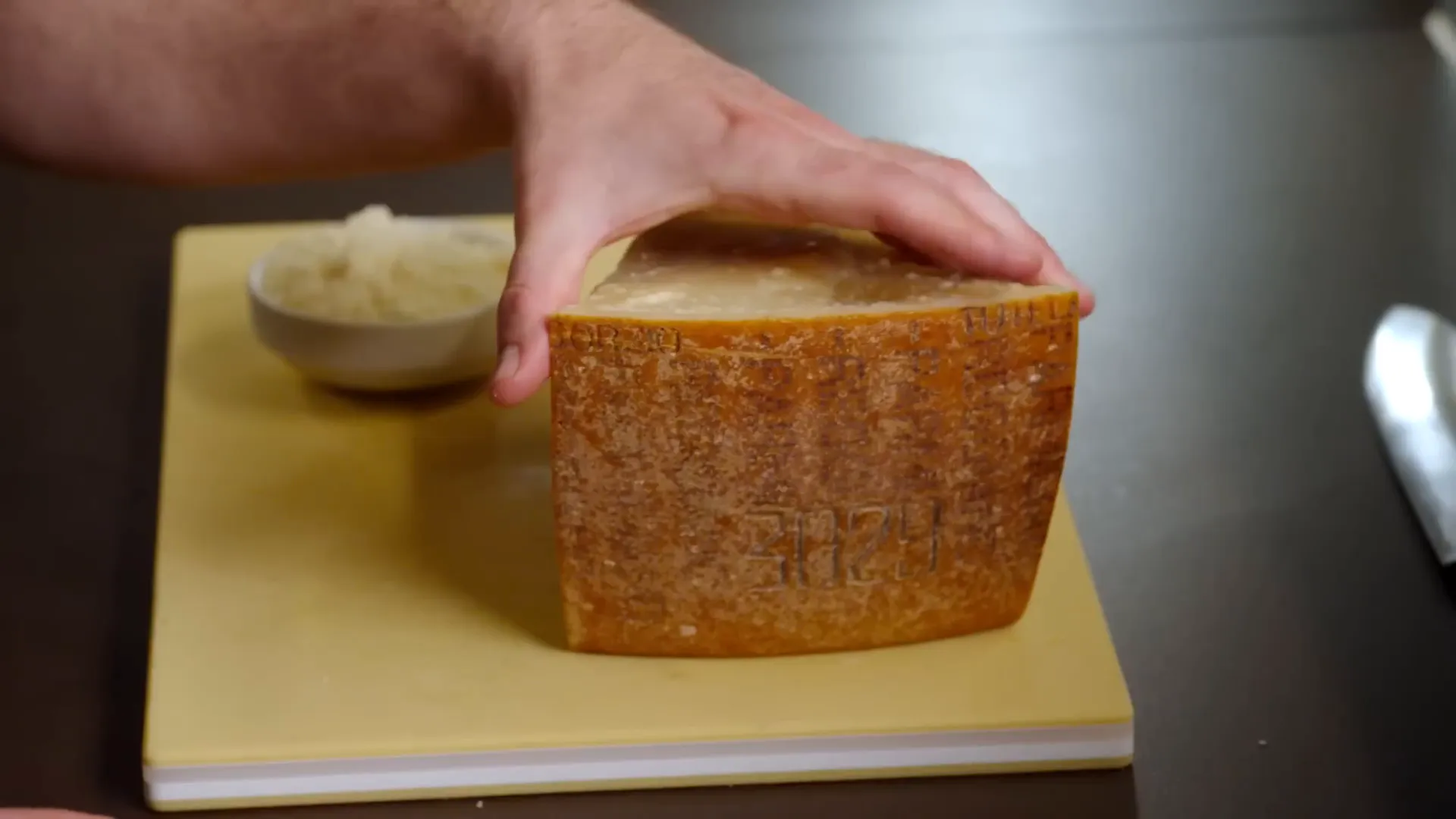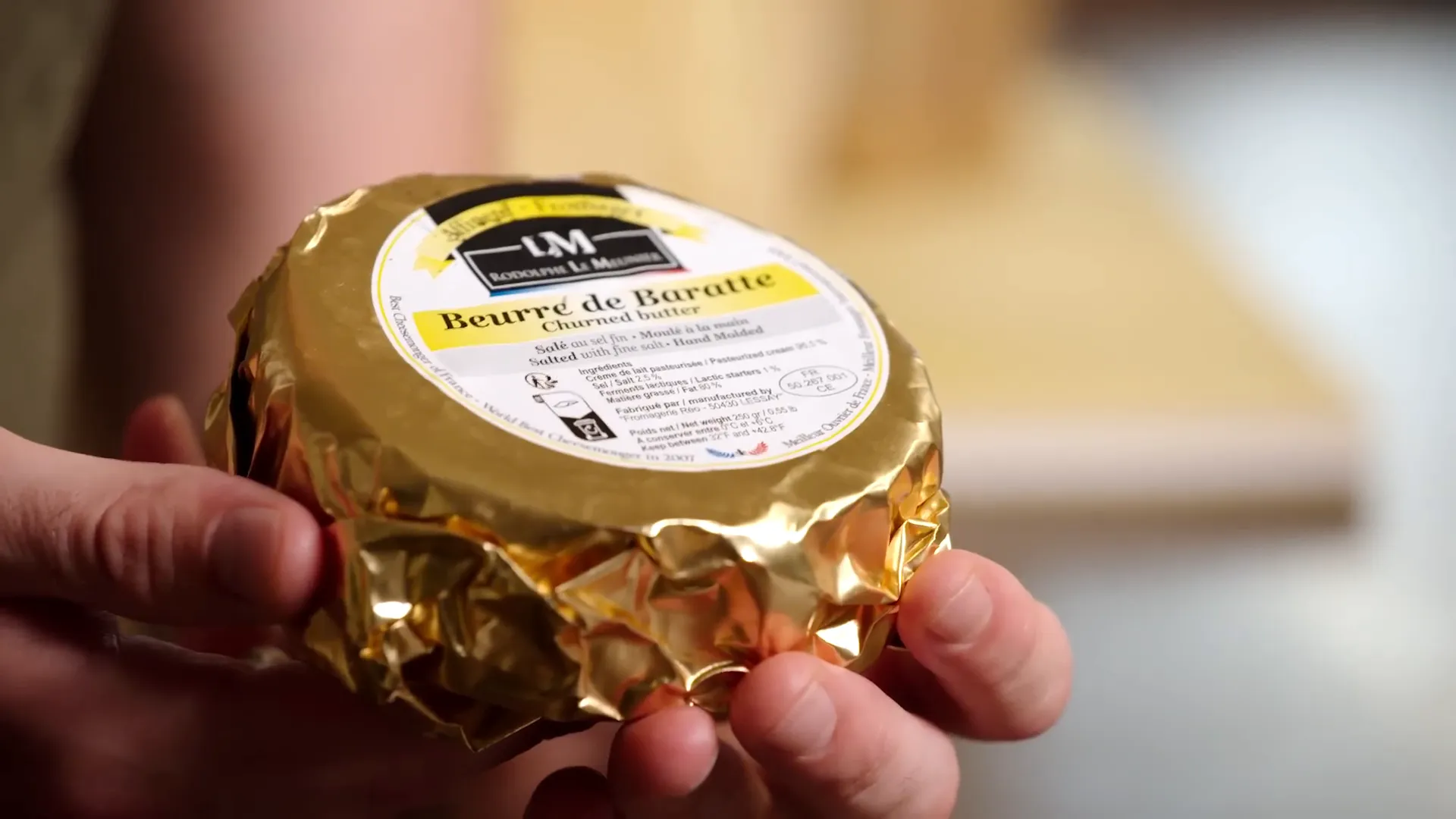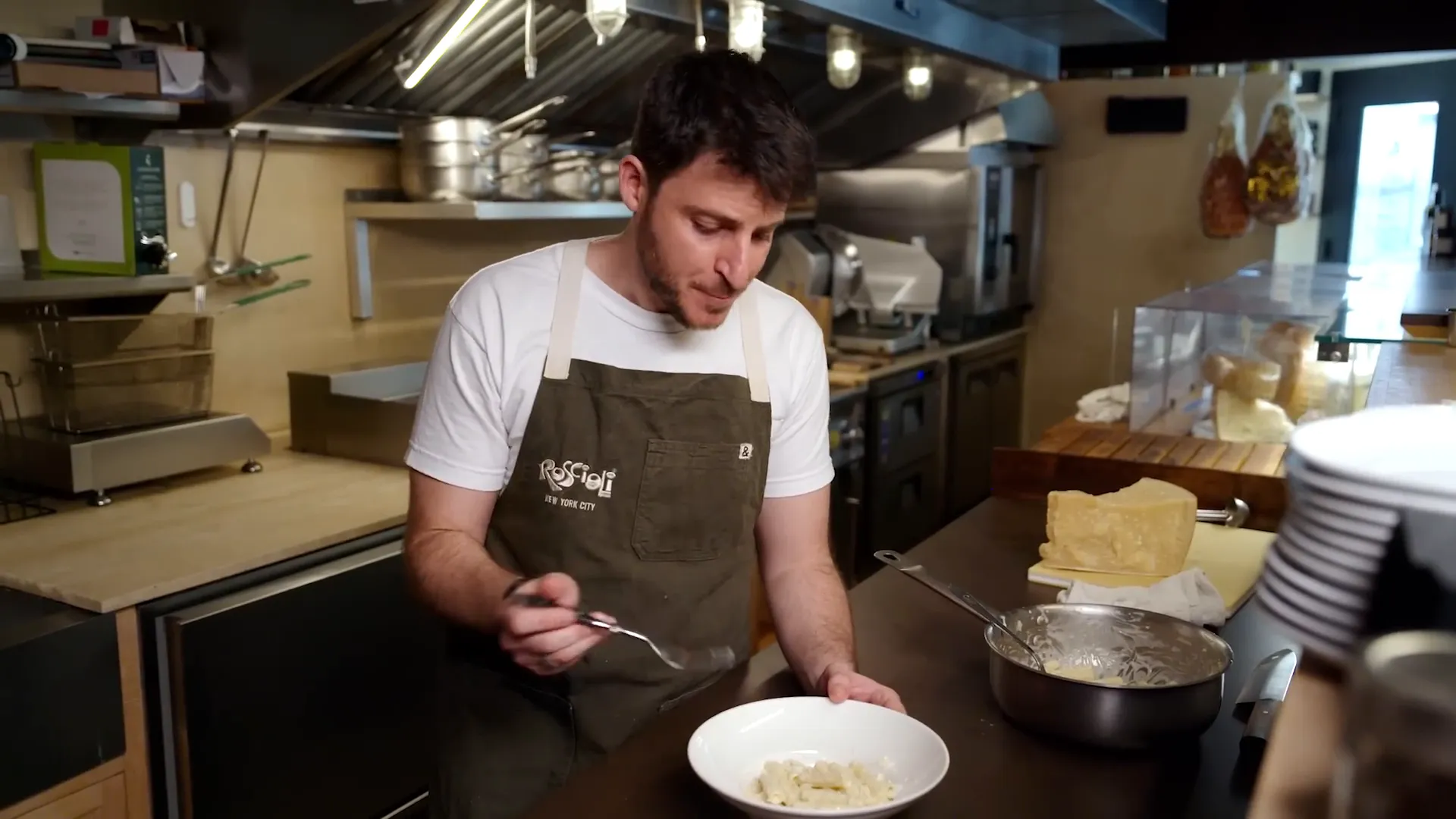
When it comes to cooking, recipes, and bon appetit moments, sometimes the simplest dishes bring the most joy. Imagine a recipe with just three ingredients—pasta, creamy butter, and authentic Parmigiano Reggiano—that comes together in minutes yet delivers an irresistibly rich, velvety flavor. This is exactly what Roscioli NYC’s Chef Mattia Moliterni shares in his perfect version of pasta burro e parmigiano, one of the world’s best buttered noodles.
The Story Behind the Dish
Roscioli is a family business with deep roots starting back in Rome in 1972 as a bakery. Now, in 2023, the restaurant’s New York City outpost in Soho brings a taste of that heritage with this simple yet extraordinary pasta dish. Though it feels like a humble home-cooked meal, pasta burro e parmigiano is packed with flavor and richness that elevates it far beyond a basic butter noodle.
Choosing the Right Pasta
For this recipe, macaroni is the pasta of choice. Similar in shape to rigatoni, this particular macaroni comes from an artisan producer on Italy’s East Coast. Thanks to bronze dies used in its production, the pasta surface is beautifully rough and porous, which helps it cling to the sauce perfectly.
Chef Mattia emphasizes the importance of cooking the pasta just shy of al dente—removing it from boiling water a couple of minutes before it’s fully cooked. This ensures the noodles finish cooking when combined with butter and cheese, creating a perfect texture.
The Secret to the Perfect Cheese
The cheese is a critical element in this dish. Parmigiano Reggiano reigns supreme here, but not just any Parmigiano will do. The best aging range, according to the chef, is between 24 and 30 months. Beyond that, the cheese tends to become too dry and salty, which can overpower the dish.
To achieve a creamy sauce, the Parmigiano is grated very finely—ideally with a machine in a professional kitchen, but at home, a fine grater with small holes works well to create the right texture for melting into the sauce.

Authenticity matters too. Look for the Parmigiano Reggiano stamp to ensure you’re using genuine cheese, which makes a big difference in flavor.
Butter: The Creamy Backbone
Butter choice is just as important as the pasta and cheese. The recipe calls for French demoiselle butter from Normandy, which has a slightly higher fat content than Italian or American butters. This butter is fermented and salted with crystals, giving it a subtle acidic note that adds complexity and uniqueness to the flavor profile.
Chef Mattia recommends using a high-fat, slightly softer butter like the demoiselle and keeping it chilled until the pasta is ready. This cold butter undergoes a “thermic shock” during the cooking process, which helps emulsify the sauce and makes it incredibly creamy.

Bringing It All Together: The Cooking Process
Using a pan with high walls makes emulsifying the pasta with butter easier and more efficient. Once the macaroni is nearly cooked, it spends about two minutes in the pan with the butter and a little pasta water. The pasta water’s starch helps create that luscious creaminess, but it’s important not to add too much because the dish is already rich.
Cooking over high heat for a couple of minutes allows the sauce to reduce slightly, thickening into a perfect glaze for the noodles.
Once the heat is turned off, the finely grated Parmigiano Reggiano is added. This step is crucial and a bit tricky — if the pan is too hot, the cheese will become chewy and ruin the texture. The key is to move quickly to mix the cheese into the pasta while the pan is warm but not scorching.
Adding pasta water little by little helps maintain a smooth, creamy sauce without making it watery or overly salty.
Finishing Touches and Serving
The final dish is plated with the macaroni perfectly glazed in butter and cheese, then topped with a little extra Parmigiano Reggiano for a final burst of flavor. The result? A pasta that’s al dente, ultra-creamy, and perfectly balanced with the rich butter and salty, nutty cheese.
Chef Mattia calls this his favorite pasta, and it’s easy to see why. The flavors are rich but not overwhelming, simple yet complex. This recipe is proof that with just a few high-quality ingredients and careful technique, you can impress anyone with a humble dish that tastes extraordinary.
"You can impress people with a very simple recipe, just don't call it butter noodles. It's pasta, burro and parmigiano reggiano." – Chef Mattia Moliterni
Tips for Making Pasta Burro e Parmigiano at Home
- Use authentic Parmigiano Reggiano with the official stamp for best flavor.
- Choose a high-fat, soft butter like French demoiselle to enhance creaminess.
- Cook pasta slightly under al dente so it finishes cooking in the sauce.
- Grate cheese finely to help it melt quickly and smoothly.
- Emulsify gently with pasta water to achieve the perfect creamy texture.

Whether you’re looking to elevate a simple weeknight dinner or impress guests with a classic Roman favorite, pasta burro e parmigiano is a perfect choice. It’s a celebration of quality ingredients and technique, delivering a comforting, rich, and utterly delicious dish that’s fast to make and unforgettable to taste.
This article was created from the video How The World’s Best Buttered Noodles Are Made | Made to Order | Bon Appétit with the help of AI.
How to Make the World's Best Buttered Noodles: Pasta Burro e Parmigiano. There are any How to Make the World's Best Buttered Noodles: Pasta Burro e Parmigiano in here.
